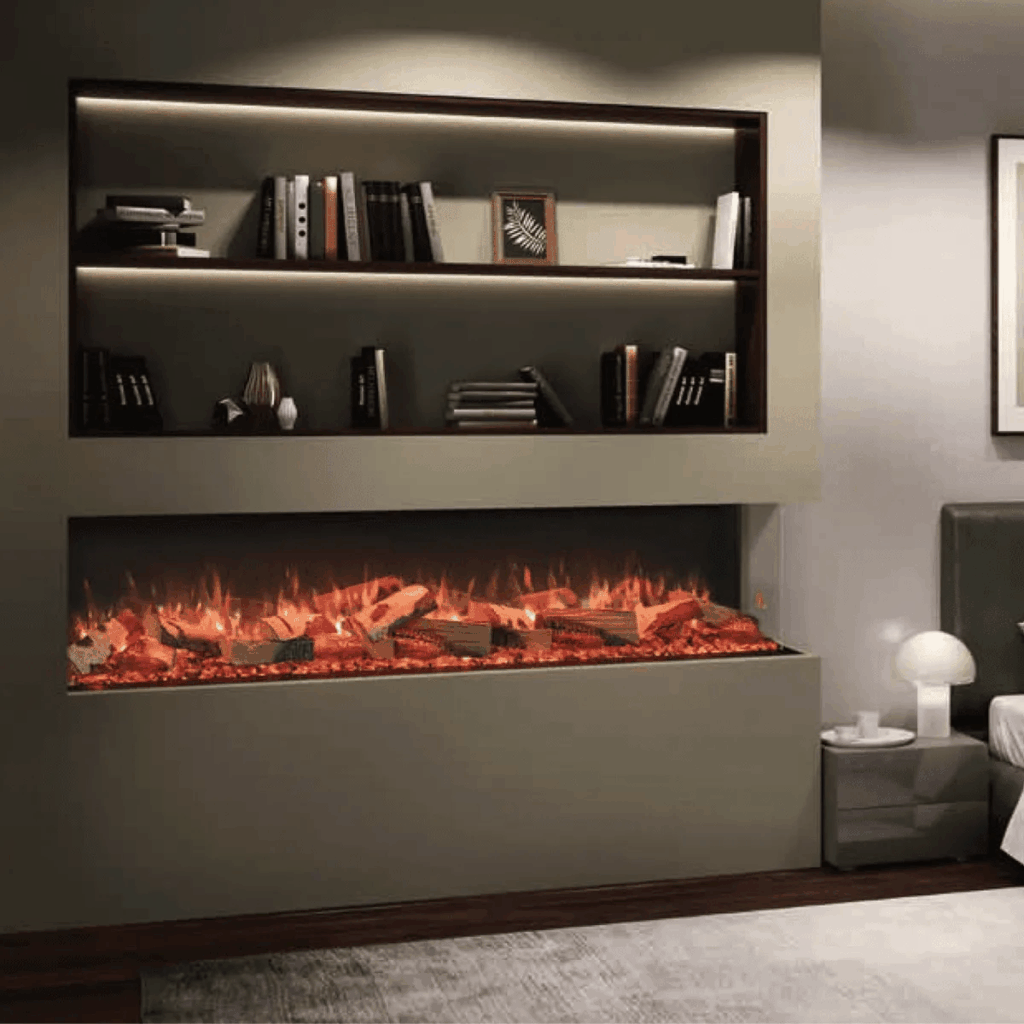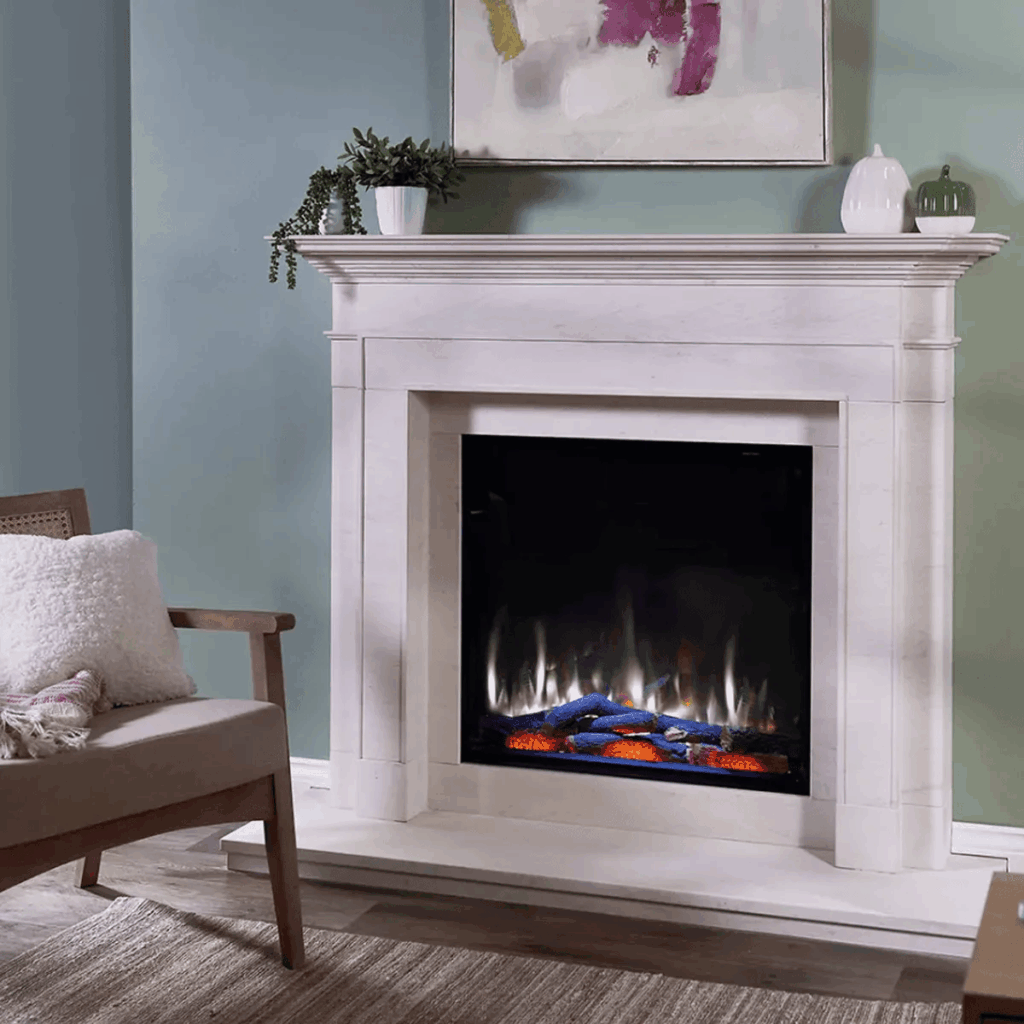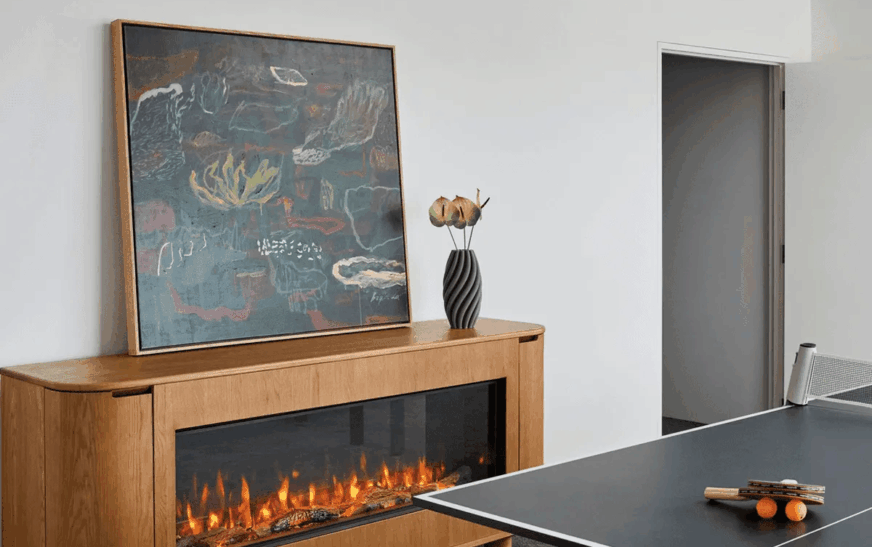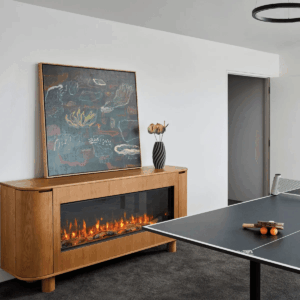Winter in Australia isn’t always about blizzards or snow‑covered roofs, but chilly southerlies, damp mornings and long, dark evenings can still make the lounge room feel downright frosty. If you’re tired of juggling firewood, cleaning chimneys or debating the rising cost of gas, you might be eyeing the new wave of sleek, plug‑and‑play heaters and wondering whether an electric fireplace is worth the switch.
Below, we break down everything Aussies need to know—from cost and convenience to ambience and environmental impact—so you can decide if this is the winter to modernise your hearth.
Why Aussies Are Rethinking Winter Heating
Even in milder climates like Perth or Brisbane, overnight lows can dip below 10 °C. For homeowners in Melbourne, Hobart or the NSW Highlands, single‑digit daytime temperatures are routine. Thanks to higher electricity prices, many households have stuck with gas log fires or wood burners.
But those costs have crept upward too and so have maintenance headaches. Enter the electric fireplace, a heater that promises warmth, visual flair and minimal fuss—no flues, no soot, no CO alarms. Before we weigh the pros and cons, let’s pinpoint what makes an electric unit different.

What Sets an Electric Fireplace Apart?
A modern electric fireplace is essentially an advanced space heater enclosed behind a glass panel, paired with realistic flame effects made from LED lighting and mirrored inserts. Unlike portable fan heaters, these units:
- Mount flush into walls or fit existing cavities, mimicking a built‑in log fire.
- Offer multiple heat settings, often 1 kW to 2 kW, giving you granular control.
- Deliver independent flame effects, so you can run the “fire” for ambience even in autumn or on mild nights.
- Include remote or smart‑home integration, letting you dial in a cosy vibe from the couch or your phone.
Because there’s no combustion, you avoid emissions, creosote, and the scramble for dry kindling in rainy weather.
Energy Efficiency and Environmental Impact
Australia’s electricity grid is greening rapidly, with wind, solar and storage extending their share each year. Heating with electrons instead of burning gas or timber therefore cuts direct household emissions. Key points:
- 100 % conversion: All the energy drawn by an electric fireplace turns into room heat—nothing escapes up a flue.
- No particulate pollution: Woodsmoke aggravates asthma and fine‑particle pollution increases cardiovascular risk, especially in valleys.
- Solar synergy: Households with rooftop PV panels can offset daytime pre‑heating, perfect if you work from home.
For eco‑minded renovators, upgrading to an electric fireplace aligns neatly with future‑proofing strategies like induction cooking and EV charging.
Safety First: Family and Rental Friendly
Flames may be simulated, but the heat is real—and it’s delivered without embers or carbon monoxide risk. Benefits include:
- Cool‑touch glass on many models, keeping curious toddlers or pets safe.
- Tip‑over and overheat protection for freestanding units.
- No gas plumbing or open flames, so smoke alarms stay silent (unless you burn the toast).
- Rental compliance: Landlords appreciate devices that require no structural changes; tenants love quick warmth.
If you’ve hesitated to light a wood fire because of baby gates or strata bylaws, an electric option can be a stress‑free compromise.
Style & Ambience Without the Hassle
Electric fireplaces have shed their daggy, plastic‑log reputation. Today’s designs span:
- Linear strips stretching up to 2.4 m for a luxury hotel vibe.
- Corner and 3‑sided bays that create depth in open‑plan rooms.
- Traditional inserts with faux coals that suit Federation‑era mantels.
LED technology lets you shift from classic orange to icy blue or dramatic pink flames for parties. Some models even add crackling speaker loops for the acoustic purists.

Maintenance: Spend Time Enjoying, Not Cleaning
Wood heaters demand ash disposal, annual chimney sweeps and gaskets checks. Gas logs need pilot‑light servicing and gas‑fitters. By contrast, electric fireplaces ask only for:
- Periodic dusting of the intake grille.
- Wiping the glass with vinegar solution if fingerprints show.
- Replacing a remote battery every couple of years.
No more stacking timber under a tarp or hunting spiders in the log pile.
Final Verdict: Is an Electric Fireplace Right for You This Winter?
If you’re chasing the romance of a flickering hearth without the mess, compliance headaches or gas bills, upgrading to an electric fireplace can be a savvy move. You’ll trade smoke and soot for instant heat, programmable timers and a design feature that turns heads during footy night.
For small‑to‑medium Aussie homes, especially those already leaning towards electrification and solar, the cost difference compared with gas or wood narrows rapidly—sometimes vanishing once maintenance is factored in.













